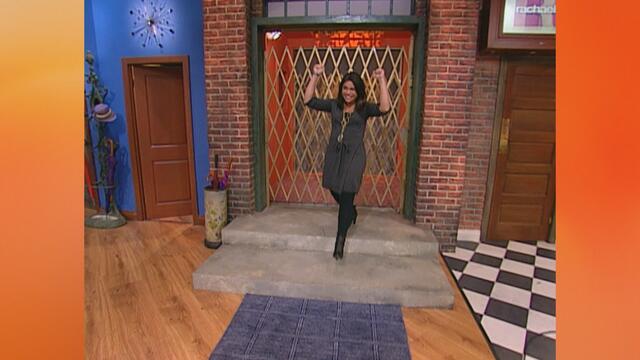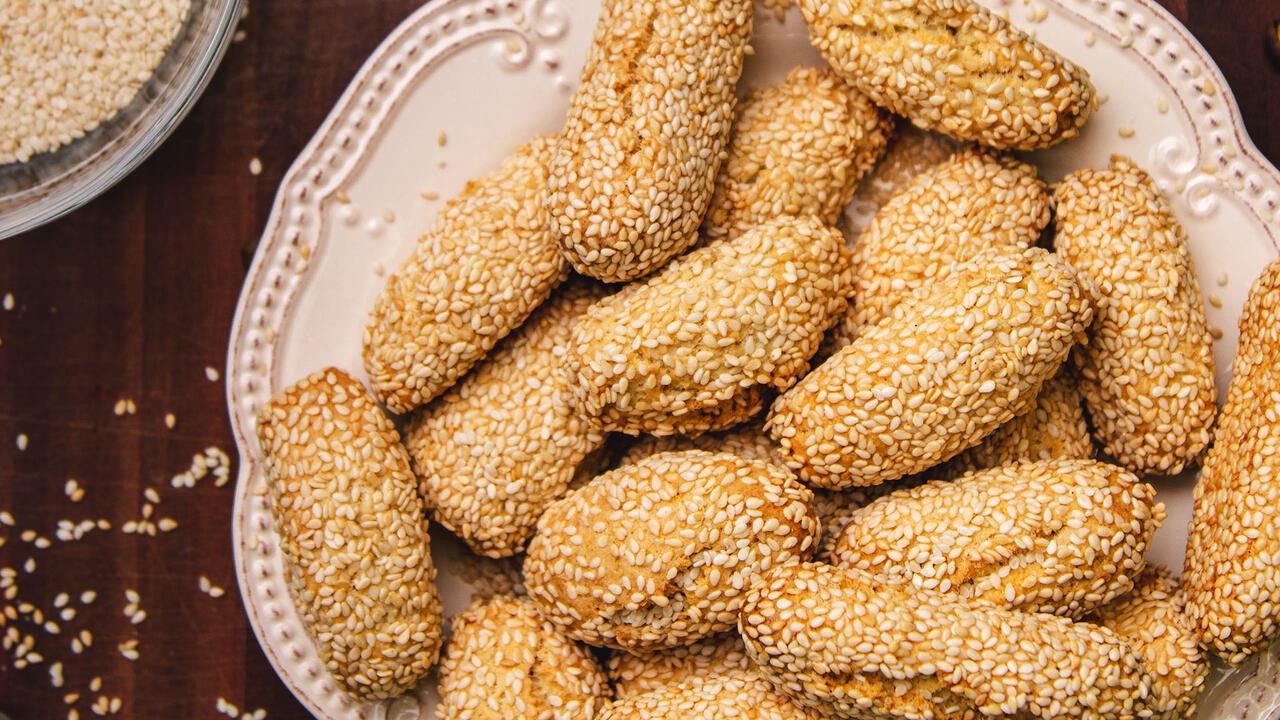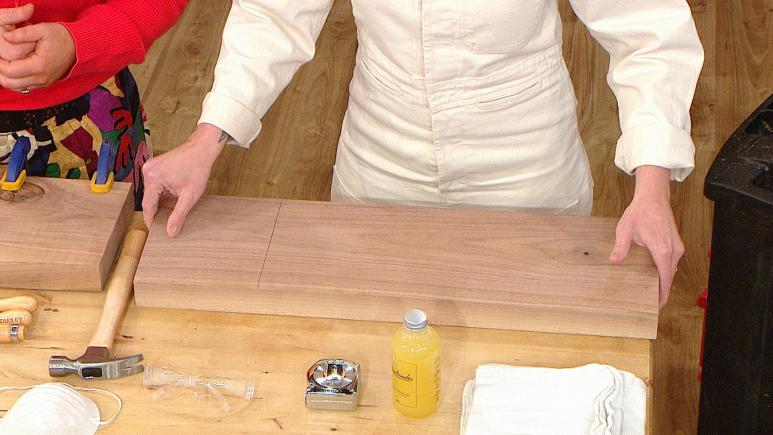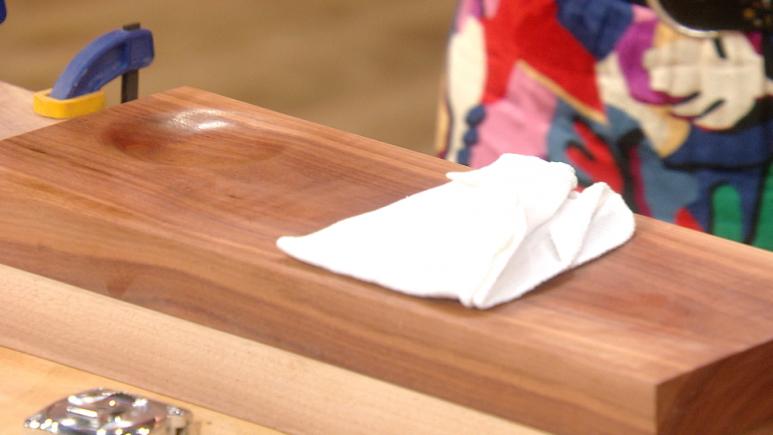

Cutting Board DIY | The Way of the Woodshop Author Aleksandra Zee

Q&A with Organizational Pro Peter Walsh + Dermatologist Shares A…

Actor Hank Azaria + Freezer Meals + Artichokes 2 Ways with Rach

See Inside Barbara Corcoran's Stunning NY Apartment + It's Steak…

How to Make Chicken and Lobster Piccata | Richard Blais

Donnie Wahlberg Spills Details About NKOTB's First Ever Conventi…

Donnie Wahlberg + Jenny McCarthy Say Rach Is Such a "Joy" + Look…

The Best Moments From 17 Seasons of the Show Will Make You Laugh…

How to Make Crabby Carbonara | Rachael Ray

Rach Chats "Firsts" In Flashback From Our First Episode Ever In …

How to Make Apple-Cider Braised Pork Chop Sandwiches with Onion …

Rach's Chef Pals Say Goodbye to Show in Surprise Video Message

How to Make Sesame Cookies | Buddy Valastro

How to Make Tortilla with Potatoes, Piquillo Peppers and Mancheg…

How to Make Shrimp Burgers | Jacques Pepin

How to Make Spanakopipasta | Rachael Ray

Andrew McCarthy Chokes Up Discussing Emotional Trip to Spain wit…

Celebrity Guests Send Farewell Messages After 17 Seasons of the …

Celebrity Guests Send Farewell Messages After 17 Seasons of the …

Andrew McCarthy Teases Upcoming "Brat Pack" Reunion Special

Michelle Obama Toasts Rach's 17 Years on the Air With a Heartfel…
Every cook needs a good cutting board. (After all, Rach's at-home and set countertops are all made of butcher blocks.) And sure, you could buy one (for upwards of $50 sometimes!) — but what if you could save money by DIYing your own?
Aleksandra Zee, the author of The Way of the Woodshop, is showing you how in six steps.
"[Woodworking] is accessible for anybody," Aleksandra says. "[My book] is removing the stigma and the fear from going into a big-box store and buying a tool or buying lumber and making something."
SAFETY NOTE: If you've never worked with a table saw before, be sure to read safety directions carefully — and ideally, have someone experienced with the tool supervise your initial use.
1. Choose the lumber. (Aleksandra chose walnut.)
"You're going to want to go with a hardwood, because you're going to be going to town on it all the time," the expert explains, "and you want to make sure it can last."
WOOD TYPE CHEAT SHEET:
Softwoods: Redwood + cedar
Hardwoods: Walnut + ash
2. Measure the size of the cutting board to your liking and mark it.

3. Before using a saw, put on safety glasses! Place the lumber on the saw, holding with one hand the end you are not cutting to steady the wood.
SAFETY NOTE: Always keep your hand six inches from the blade, Aleksandra says! And get the saw started before you do anything with the wood. "If you were to start on the wood," she says, "it could kick back at you or destroy it. We don't want that."
If you're using a thick piece of wood, you might have to flip it over and saw on the other side, too, to complete the cut.
4. Create a divot in the cutting board — which you can use for olives and spices — with a wood chisel and hammer.
"When you chisel something, you only want to take a little bit off at a time," Aleksandra says, "because the deeper you go, that's going to be your new level."
5. Put on a mask and sand the cutting board.
Attach an 80-grit sandpaper to your orbital sander. You will work upward to finer sandpaper. Smooth out the imperfections and rough cut lines. Remove the sandpaper and replace it with the softer 220-grit sandpaper. Smooth out the wood with the sander and make it soft to touch.
6. Condition the wood with a food-safe wood conditioner.
Pour a quarter size dollop of wood conditioner onto one side of each cutting board. Rub the condition into the wood with a rag, getting into all the grains.



